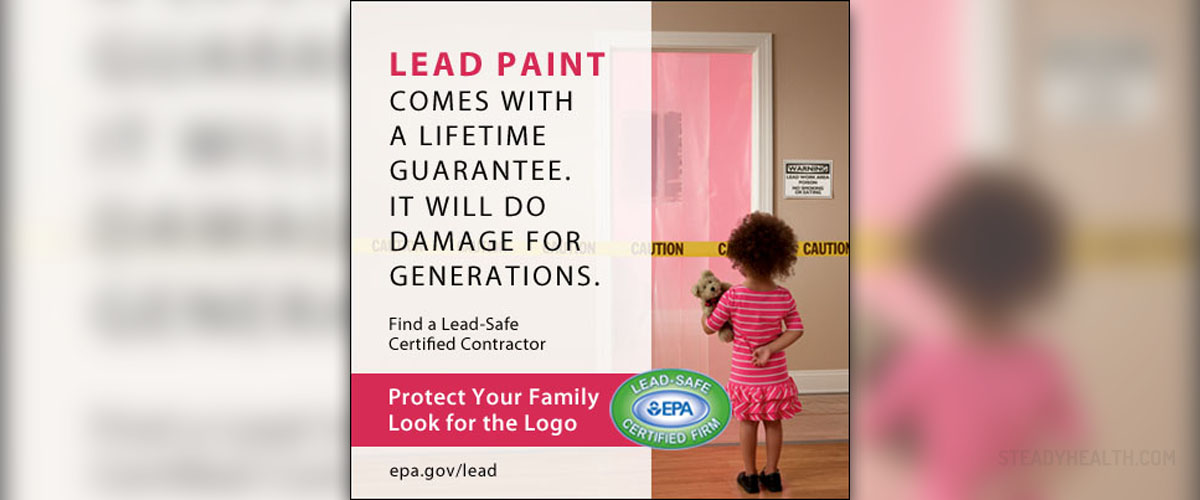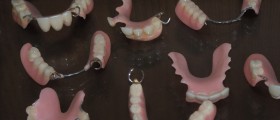
Basic info andcharacteristics
A great majority of people has had the opportunity of seeing this extremely toxic metal on the big screen at least, which makes them familiar with its overall form and outlook. In addition, the metal in question is known to be found quite naturally in the earth. Coming back to its toxicity, it is known to induce quite a number of complications when a person inhales it, or when it is either ingested or absorbed by way of the person’s skin. In terms of its other unwanted effects and properties, it is known to be extremely resilient when it comes to biodegradability, thus making it a highly undesirable metal in terms of environmental protection. Additional aggravating factor is that it is not only tough when it comes to degrading, but it also has the tendency to change places quite rapidly, moving from air to water and soil constantly.
Lead and paint – reasons why?
Despite its evident dangerous and harmful properties, lead was nevertheless employed in the process of making paint, where it performed the role of a pigment due to the certain characteristics with which it endowed paint as such. Some of these characteristics are the following:
Brightness, much fresher overall appearanceMoisture-resistanceMetal corrosion preventionSafe-guarding wood from deterioratingEnhanced overall durabilityEndowed paint with quick-drypropertiesAnother, perhaps, still unexplained fact is the frequent usage of lead despite all its ill effects discovered right from the start, i.e. as far back as 1900s. Still, little attention has been given to this then and only after the 1978, when it was banned and excluded from the paint manufacturing, its harmful effects were realized and understood.
Exposure
Since quite a lot of houses built as far back as 1879 are still around, these still have lead paint in one form or another. All this would not be concerning if the lead based paint did not have the tendency to deteriorate and flake off. During this process, it is known to release tiny particles of the lead in the air, which are known to build up on the ground as well. Due to its minute size, our eye is not capable of noticing it and thus, when a person threads on the surface where the friction has occurred, it is then that he/she is most exposed to the release of lead and its ill effects. Such surfaces usually include windows and window panes, door frames and doors as well, railings, staircasesetc.
The groups which are at the greatest risk of lead exposure include small children up to 6 years of age, as well as people who conduct or are involved in painting activities such as painting the house and alike.

















Your thoughts on this
Loading...